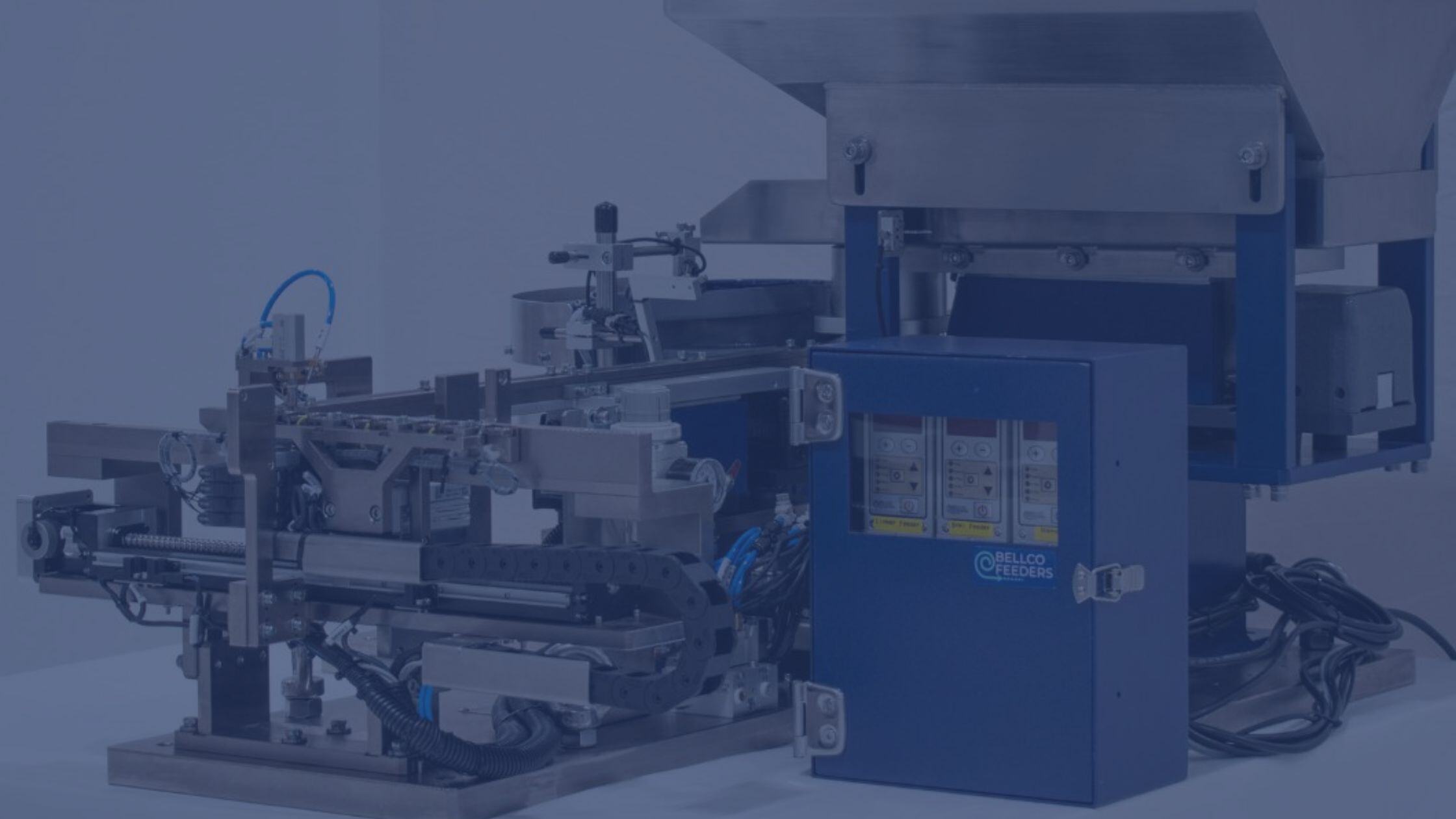With automation rapidly transforming the manufacturing workplace and creating new, more efficient workflows, it's becoming increasingly important for companies to invest in upskilling their employees. In our business, we love to see companies investing in their production workforce and teaching them how to use automated equipment, including our vibratory feeder bowls and custom parts feeding systems.
In factory automation, the technology may reduce headcount, especially at the specific task where it’s deployed. But overall, there is a net increase in value, not only for ownership but also for the workers themselves, who gain new skills while working for better pay in more interesting, engaging jobs.
According to a 2021 Gartner poll on the Great Resignation, 60 percent of executive leaders described themselves as significantly concerned about employee turnover. What’s more, the report found that the total number of skills required for a single job is increasing by 6 percent annually. Building critical skills and competencies is a top priority for 59% of HR leaders in 2022, and 40% say that they are struggling to build skill development solutions fast enough to meet needs.
By providing workers with the necessary tools and training, businesses can ensure that they stay competitive and relevant in an ever-evolving labor market and give themselves the ability to adopt more automation in their manufacturing landscape. In this blog post, we'll explore some effective ways to upskill your workforce for automation, so you can stay ahead of the curve and empower your staff to succeed.

What is Upskilling?
Upskilling is the process of providing employees with the skills they need to perform their jobs better or to transition to new, more in-depth, or technically advanced roles. This can be done through training, mentorship, and a variety of other development opportunities. Automation is driving changes in the workplace that require employees to have new skills and knowledge to remain employed. Many companies are starting to invest in upskilling programs to help their workers stay ahead of the curve.
There are many reasons why companies should invest in upskilling their employees. First, it helps to improve retention and engagement by giving employees a reason to stay with the company. Second, it can boost morale and job satisfaction as employees feel more supported in their development. Third, it can lead to increased productivity as employees are better equipped to do their jobs. Finally, it can help reduce turnover by ensuring that workers have the skills they need to be successful in their roles.
Companies can use a variety of methods to upskill their employees. Training programs are one popular option, as they provide workers with the opportunity to learn new skills and knowledge in a structured setting. Mentorship programs are another great way to upskill employees, as they allow workers to shadow more experienced colleagues and learn from them directly. Finally, many companies are also offering tuition reimbursement programs, which help take the financial burden off employees who want to learn something new.
The Benefits of Upskilling
As the world of work changes, it's becoming more and more important for workers to upskill. That's because automating jobs is no longer a distant future possibility—it's happening now, and it's happening quickly.
That doesn't mean that there will be fewer jobs overall, however. In fact, as automation eliminates certain types of jobs, it also creates new opportunities for people with the right skills. For example, as businesses adopt automation technologies, they'll need workers who can operate and maintain those technologies.
Upskilling can also help workers stay ahead of the curve as their jobs evolve. As job descriptions and tasks change, workers who upskill will be better equipped to handle those changes. And as technology continues to advance, those who don't upskill will likely find themselves falling behind.
So, what are the benefits of upskilling? Here are just a few:
- Increased job security: By staying ahead of the curve, workers can make themselves indispensable in their roles. Even if their jobs do eventually become automated, they'll still have the skillset needed to contribute to their organization in other ways.
- Greater earning potential: Upskilling can lead to promotions and raises as workers become more valuable to their organizations. It can also help them qualify for better-paying positions if they do eventually need to find new employment.
- More flexibility: Workers who upskill open themselves up to a world of possibilities.
How to Upskill Your Manufacturing Workforce
As the demands of the manufacturing industry continue to evolve, so too must the skills of its workforce. With the introduction of new technologies and automation, it is becoming increasingly important for workers to be able to adapt and learn new skills quickly. Here are some ways to upskill your manufacturing workforce:
- Cross-training: By cross-training workers in different areas of the production process, they will be better equipped to handle tasks that may normally fall outside of their job description. This will not only make them more versatile employees, but also help to prevent bottlenecks in the event that one area of the production line is disrupted.
- Continuous learning and Individualized Training Plans: To keep up with the ever-changing landscape of manufacturing, workers must be willing to continuously learn new skills and update their knowledge base. One way to encourage this is by providing opportunities for employees to attend workshops, seminars, and conferences related to their field.
Another way to provide this is through individualized learning plans. By doing this, management is not only addressing the hesitation around learning new technologies but they are also helping the individuals understand their role in their journey and where they can go after their current position.
- Use technology: Technology can be a great tool for helping employees stay up to date on the latest manufacturing trends and developments. Utilize online resources such as e-learning platforms and webinars to provide employees with convenient access to educational content
- Encourage networking: Networking with other professionals in the manufacturing industry can help employees gain insights into best practices and upcoming trends. Attend trade shows and meetups or create opportunities for employees to connect with each other virtually or in person.
- Start small: Because upskilling is the process of continually developing worker skills to stay in line with business and technology changes, one of the best ways to set up for success is to start small. By automating one task, workers can gain the knowledge and skills they need to help enable future automation projects. If the business changes too quickly, it can create bigger skills gaps and require more investment in upskilling.
Automation is one of the most important developments in the workplace today, and it’s essential that employers invest in upskilling their workers to keep up with the changing times. Fortunately, there are many ways to do this, ranging from online courses and virtual training sessions to mentorship programs and workshops. With these tips in mind, you can help your employees become more knowledgeable about automation so they can stay ahead of the curve – and ensure your business remains competitive for years to come.
How Bellco Feeders Can Help
We understand the challenges in a changing manufacturing environment; we also understand that company culture is important to your bottom line. We provide simple, easy to understand and use, automated systems. Our parts feeders offer a simple, inexpensive way to begin to introduce automation into a manufacturing process, without being daunting. Our team of engineers and technicians are also skilled in training and installation, we’ll work with your team to ensure everyone feels comfortable adopting our technology and help you get it working properly. Ready to get started?



